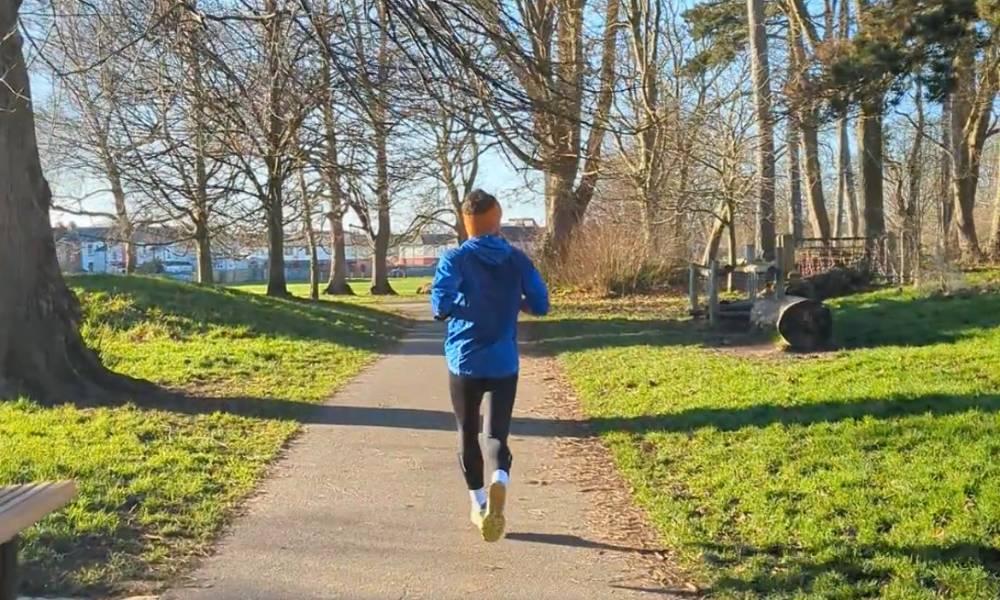The route to long easy runs has been anything but straightforward for me
As someone chasing the dream of earning the title of an ultra-marathon runner the bread and butter of my training should be based around long, easy runs at a comfortable to moderate pace. With all of this in mind, the long run should be a fairly simple affair. Run for a long time at a pace that feels easy. Wrong!
The easy run is something that I have really struggled to master and get my head around. The issue is that I am somewhat of a masochist and find great pleasure is spending as much training time as I can suffering deep into the hurt box. The result of this is that left to my own devices I will typically run at 100% effort for the given duration. If I am running a 10k you better believe that it is going to be with 5% of my best effort and the same goes for any half-marathon or longer run.
Reading this you might think that I am naive to proper training practices and do not understand why easy kilometres are an important stable of an ultra-marathoners training. You would also be wrong on this front. As a competent endurance cyclist that has done well at races well over 160km I know that base training is the pillar on which everything else is based. So why can’t I take it easy?
Running unlike cycling is fairly low volume, a big week of running for me at the moment is around 80-90km which equates to around five and a half to six hours of training. This is a stark contrast to cycling where a typical week for me was around 500km and between 12-20 hours in the saddle. For some reason in my head, the reduction in duration needs to be made up for by intensity.
This worked surprisingly well for me for quite some time with no real injuries to report and steady progress that saw my 10k PB scrape under 37 minutes. For the eagle-eyed amongst you, you might have spotted that a 10k is not an ultra-marathon and in just a few short months I am going to need to be able to run 10, 10k’s back to back. This is why the long run is so important to me.
A lot of my issue with the long run stems from ego, not outwardly but rather inwardly, every opportunity I get I want to see what I am capable of. Heading out for a long run part of me knows that 5:30/km is what I should be aiming for but there is also a little part of my brain that wonders if I could hold 4:10/km for the duration.
The issue arises when I try to run off feel instead of staring at my Garmin. When I go for an easy run, I typically pull my sleeve down over the screen of my watch to prevent temptation from getting the better of me. Instead, I run off feel and keeping it ‘easy’ however, it transpires that I am brilliant at lying to myself and the run that I am convinced was at 5:00/km was in fact at 4:15/km and my heart rate is sitting close to the threshold.
I do find that running at easier intensities is a skill that needs to be developed, the way in which you produce power and move through the motion of running all changes. If you are new to long, easy runs they can actually feel harder than faster tempo runs. A case in point was a half marathon I did in training recently with the man you might remember from my first blog post, George Mills. We went out for a low heart rate run averaging around 5:45/km for the 21km route however at around 18km in I found myself suffering as if I was on for a PB.
The mentality of the long run is also very different to shorter faster pace runs. I find when I am running at a pace close to my threshold for any given distance I enter a state of active meditation where my mind is empty and I am just holding on to the pace. When the pace drops my mental capacity vastly opens and I am able to think and process things. For some people this is exactly what they want from a run however, for me I have found that having all of this brain space can make longer runs feel overwhelming especially when you can easily process how long you have left to go.
Much like the muscles, tendons and ligaments that all need stimulation and subsequent recovery so too does the brain. Long runs are taxing on your whole body and it is not just your legs that need to adjust to the increased demand.
